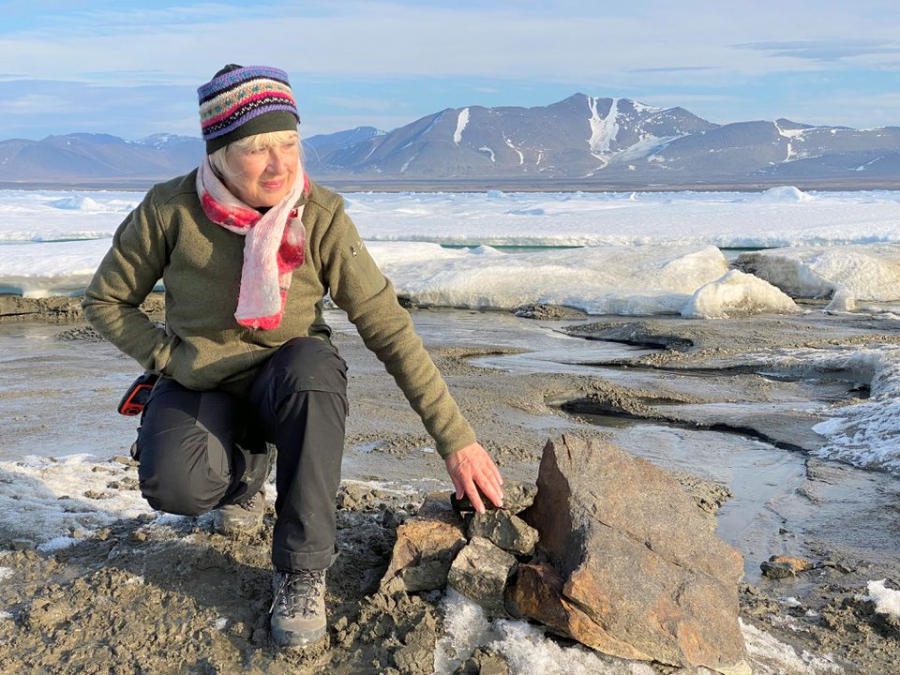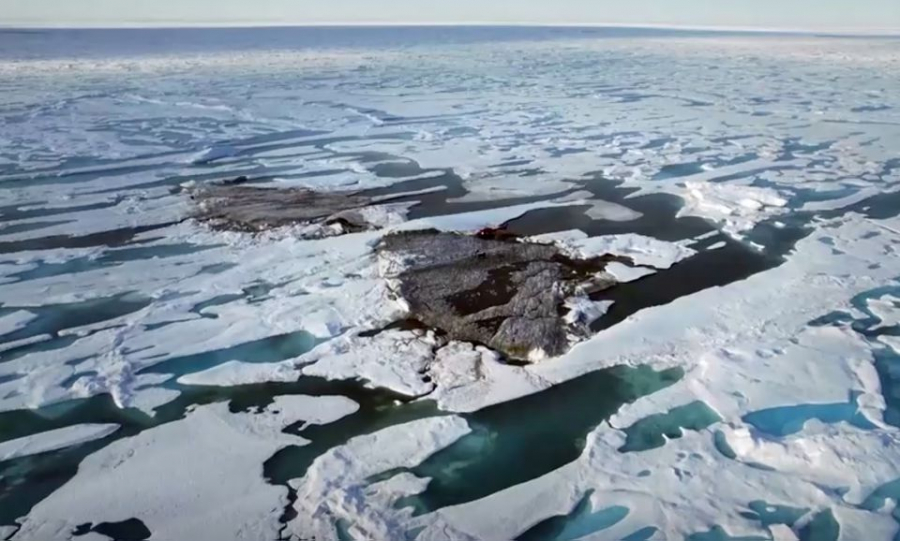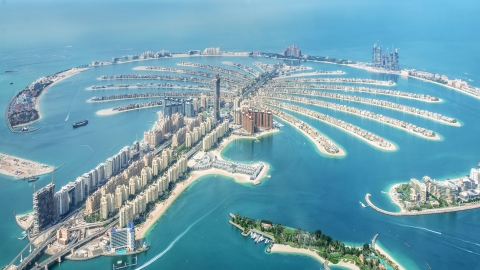"We didn't set out to discover any new islands," said Morten Rasch, a polar explorer and head of the Arctic Research Station in Greenland. "We just came to collect samples for research."

At first, the scientists thought they had set foot on Oodaaq, an island discovered by a Danish survey team in 1978. Only after checking the exact location did they realize they were standing on a place 780 meters northwest of Oodaaq. The island is quite small, only about 30 meters across and 3 meters high at its highest point, and is covered with marine mudstone and glacial debris – all types of rock found on glaciers.
The team said they will name the island "Qeqertaq Avannarleq," which means "northernmost island" in Greenlandic.

“Everyone was so happy,” said Swiss entrepreneur Christiane Leister, founder of the Leister Foundation, which funded the trip. “Like explorers in history, they thought they were in a known place, but in fact it was a completely new place.”

Although the tiny island has recently emerged from the ice, its appearance is not a direct result of global warming, scientists say. Hopes for Arctic expansion depend on whether the newly discovered island or reef disappears again, as such sites often appear and then disappear over time due to shifting geography. A true island must remain above sea level, even at high tide.
Qeqertaq Avannarleq meets the criteria for an island, and is currently recognized as the world's northernmost land mass.





























